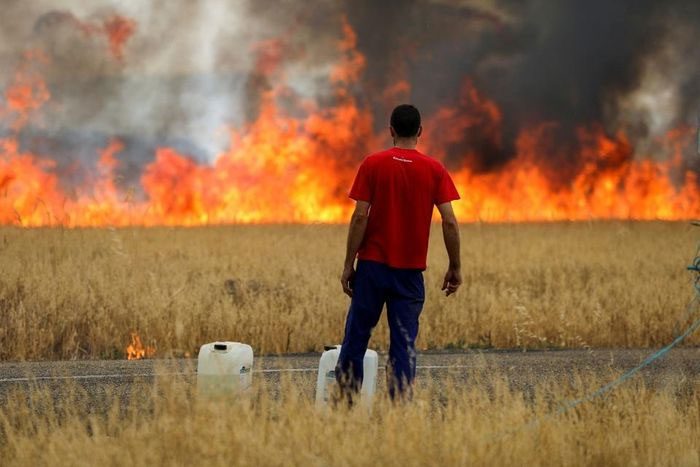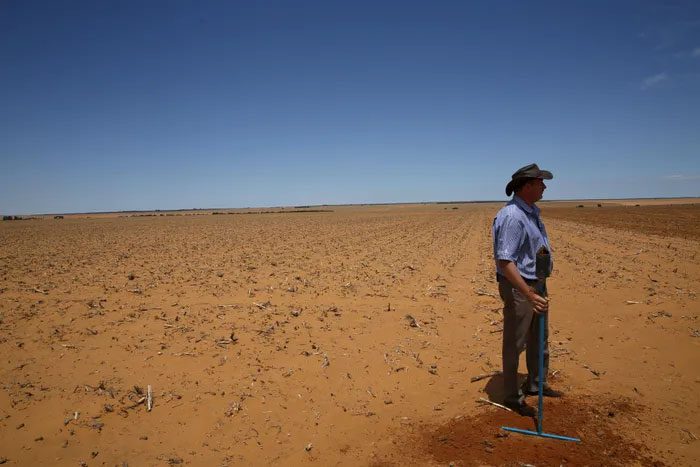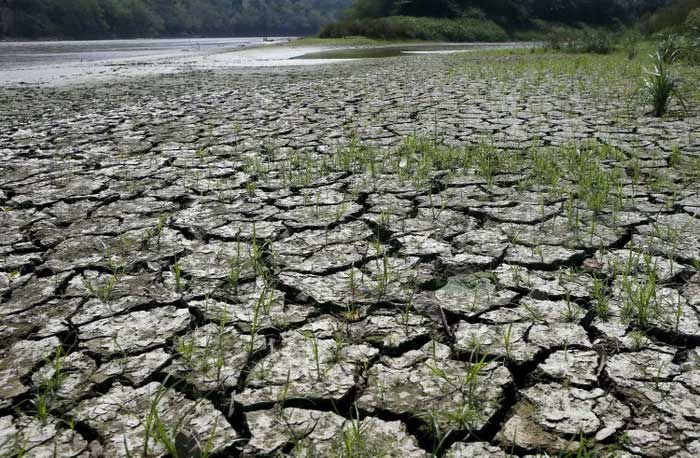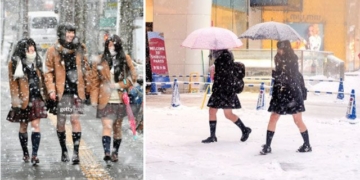Rising temperatures in the North Atlantic, coupled with decreasing sea ice in Antarctica, have raised concerns about widespread damage due to extreme weather conditions.
“Very unusual,” “worrying,” “frightening,” and “crazy” are just some of the terms used by scientists to describe their reactions to the increase in surface temperatures in the North Atlantic over the past three months.

Fires ravaging wheat fields during a heatwave in Zamora, Spain in 2022. (Photo: Reuters).
This situation raises the question of whether the global climate is entering a more erratic and dangerous phase as the El Niño phenomenon begins to accelerate global warming.
Since April, the warming appears to have entered a new trajectory, according to the Guardian.
“If several decades ago, some people thought climate change was a relatively slow phenomenon, now we are witnessing climate change at a frightening pace,” said Professor Peter Stott, head of climate monitoring and distribution at the UK Met Office.
“As El Niño develops for the rest of this year, it adds to the dangerous impacts of human-induced global warming. Millions of people across the planet and numerous diverse ecosystems will face extraordinary challenges and suffer significant damage,” he emphasized.
Impact
El Niño is a natural climate phenomenon arising from unusually warm waters in the eastern Pacific Ocean. It occurs when trade winds that blow from east to west along the equatorial Pacific slow down or reverse due to changes in air pressure.

In addition to the unstoppable rise in temperatures caused by greenhouse gas emissions, El Niño is returning, heightening concerns over extreme weather. (Photo: Reuters).
This phenomenon immediately affects marine life that is not accustomed to a few degrees of warming. More concerning is the excess energy in the oceans – the greatest heat absorbers in the world – which can lead to more intense storms than usual. At the same time, it brings more destructive rainfall and prolonged heatwaves.
When record high ocean surface temperatures were reported in April, some hoped it was only a temporary issue. However, by May, the average temperature in the North Atlantic region reached its highest level since 1850.
This anomaly has led many experts to suspect that something unpredictable – like a “black swan” event – is occurring within the climate system.
Some believe it is likely a result of El Niño and other natural factors, amplified by greenhouse gas emissions from vehicles, factories, and deforestation.
In this context, Michael Mann, a professor at the University of Pennsylvania, warns that it is more important to focus on the bigger picture.
The burning of fossil fuels is leading to stronger and more destructive storms. At the same time, it provides “fuel” for extreme weather events such as droughts, heatwaves, wildfires, and floods.
Around Ireland and the UK, coastal waters are warmer by several degrees compared to the yearly average. Storms are now forming in the Atlantic earlier than usual, almost certainly due to the excess energy accumulating at the ocean surface.
In June, for the first time, there were two simultaneously named tropical storms in the Atlantic: Bret and Cindy.
“A Hammer Blow”
Rather than viewing the spike in temperatures in the North Atlantic as a one-time event, Richard Betts, head of the climate impact division at the Met Office Hadley Centre, noted: “Such events may occur more frequently.”
“The charts (of Atlantic surface temperatures and Antarctic sea ice) resemble a hammer blow to the urgent climate situation we are facing,” he stated.

The Magdalena River, the longest and most important river in Colombia, saw its water levels drop due to lack of rain in 2016. (Photo: Reuters).
While human emissions and El Niño may be the primary causes of the sudden rise in temperatures in the North Atlantic, Zeke Hausfather, a climate scientist at the Breakthrough Institute, stated that more time is needed to understand other potential factors. For instance, unusually low dust levels from the Sahara this year, large volumes of water vapor in the stratosphere, slowing ocean circulation, and increasing frequency of El Niño events.
Looking more broadly, Hausfather noted that trends are consistent with the climate models of the Intergovernmental Panel on Climate Change (IPCC). These models indicate that warming will accelerate in the coming decades unless emissions are reduced.
How dire the outlook will be depends on the intensity and duration of this El Niño event. Carlos Nobre, one of Brazil’s leading climate scientists, stated there is a 60% chance that this year’s El Niño will be strong.
This would be “very concerning” for the Amazon rainforest, which has experienced some of the worst degradation during the 2015-2016 period when the El Niño phenomenon prolonged the dry season and made vegetation more susceptible to burning.
Elsewhere in the world, the latest El Niño has caused significant distress.
In Mexico, several cities have recently broken records for the hottest days, including Chihuahua, Nuevo Laredo, and Monclova.
Many cities in Texas are also suffering through the worst heatwave on record. This is also occurring in China – where over 20 cities, including Shandong, Tianjin, and Huai’an, have reported new heat peaks.
In Europe, the town of Oberndorf in Austria recorded midnight temperatures of 36.1 degrees Celsius, one of the highest nighttime temperatures ever recorded on the continent.
In the Middle East, people are accustomed to the heat, but they usually expect temperatures to be more bearable at higher elevations. However, this was not the case in Iran last week, when temperatures in Saravan reached 45 degrees Celsius, one of the hottest days ever recorded at elevations above 1,000 meters.



















































